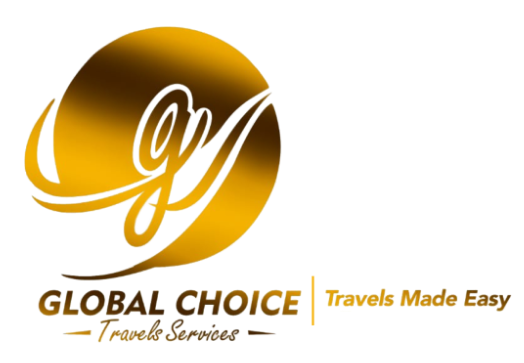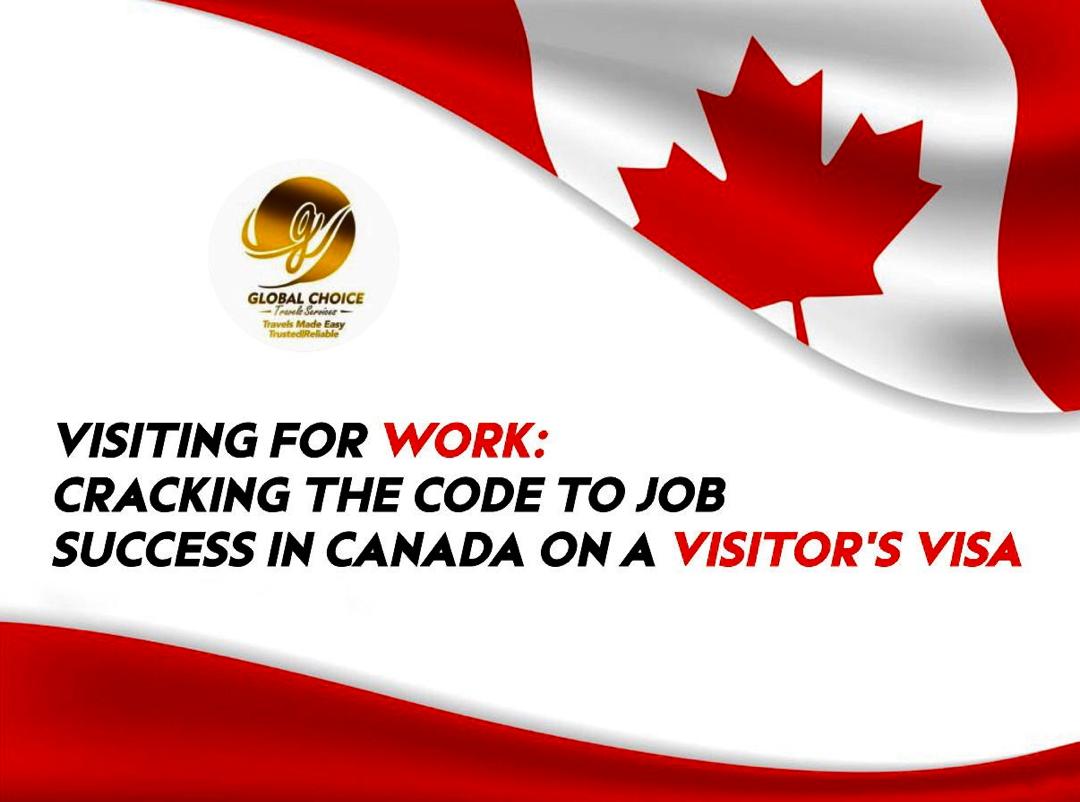Planning a trip to Canada and considering exploring job opportunities while you're visiting? If so, that's good thinking. Canada offers many lucrative job opportunities, and even though you may not be eligible to work with a visitor's visa, you can take proactive measures to enhance your employability.
Here are some tips to optimize your visit and potentially make it even better.
Start by understanding the legal boundaries from the beginning: what's permitted and what's prohibited. You cannot work on a visitor's visa in Canada, but here's what you can do: These are a few tips on how you can optimize your visit and potentially transform it into something greater:
1. Apply for jobs.
2. Go for interviews.
3. Attend networking events.
4. Meet potential employers.
5. Explore industries and opportunities in person.
This is your opportunity to explore and network meaningfully, all within the boundaries of the Law.
Step 1: Update Your Resume (The Canadian Way)
Canadian employers love resumes that are short, clear, and focused on results. So, before submitting your application: *Keep your resume concise (1–2 pages) *Highlight what you’ve achieved and not just what you did *Use Canadian spelling and formatting *Tailor each resume to the job you're applying for *Don’t forget a personalized cover letter, it does make a difference there.
Step 2: Start Building Real Connections
In Canada, networking is very important. Make an effort to meet people; attend local events, job fairs, or professional meetups, connect with people on LinkedIn, and request casual coffee chats or informational interviews (a friendly way to learn more about someone's role or company). You never know when one conversation could open doors.
Step 3: Be Present, Be Visible
One of your most significant edges as a visitor is being physically present. While you're in Canada: *Visit companies you're interested in *Drop off your resume in person (if appropriate) *Follow up after online applications with a friendly message or visit. It shows initiative, and sometimes, that’s what sets you apart.
Step 4: Know What Happens If You Get a Job Offer
For instance, if your visit is successful and you are offered employment, it is important to remember that you will require a work permit before commencing employment. Your employer may need to obtain an LMIA, a document that demonstrates the need for a foreign worker. Depending on the circumstances, you may need to exit and re-enter Canada to activate your work permit, or you may be able to apply from within Canada. As regulations are subject to change, it is essential to verify the current requirements. In such situations, the assistance of an immigration consultant or lawyer can be beneficial in navigating the subsequent procedures.
CONCLUSION:
A visit to Canada presents an opportunity that extends beyond mere travel; it can serve as the commencement of a transformative period in one's life. Through strategic engagement, your time in the country has the potential to unlock avenues for prospects, professional networking, and even full-time employment. Therefore, if you are planning a visit to Canada with career advancement as a primary objective, I encourage you to pursue it with determination. It is essential to be well-prepared, proactive, and receptive to the range of possibilities that may arise. Your journey toward a Canadian work experience could initiate through a simple interaction, a professional handshake, or a courageous move forward.


